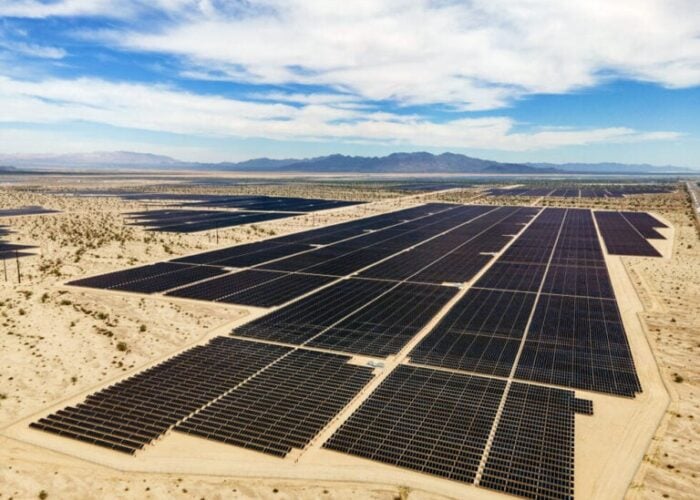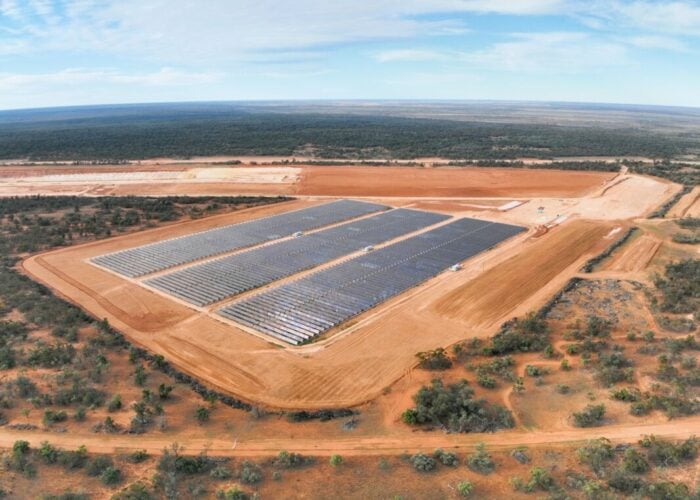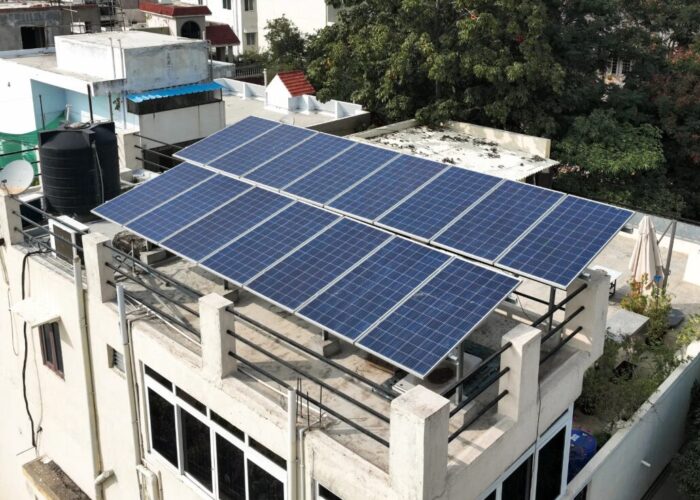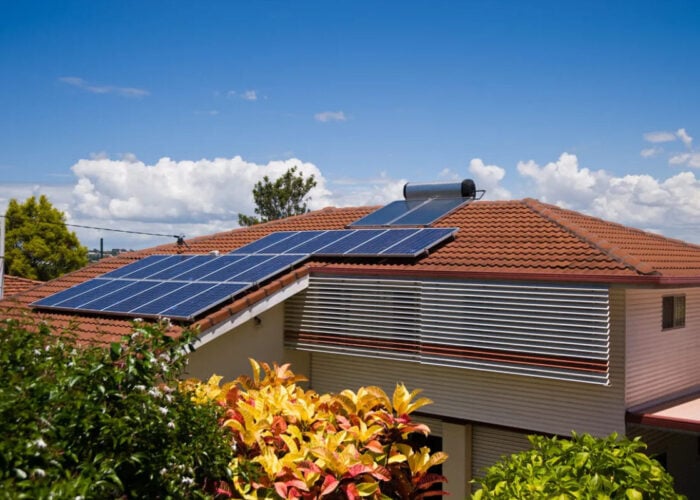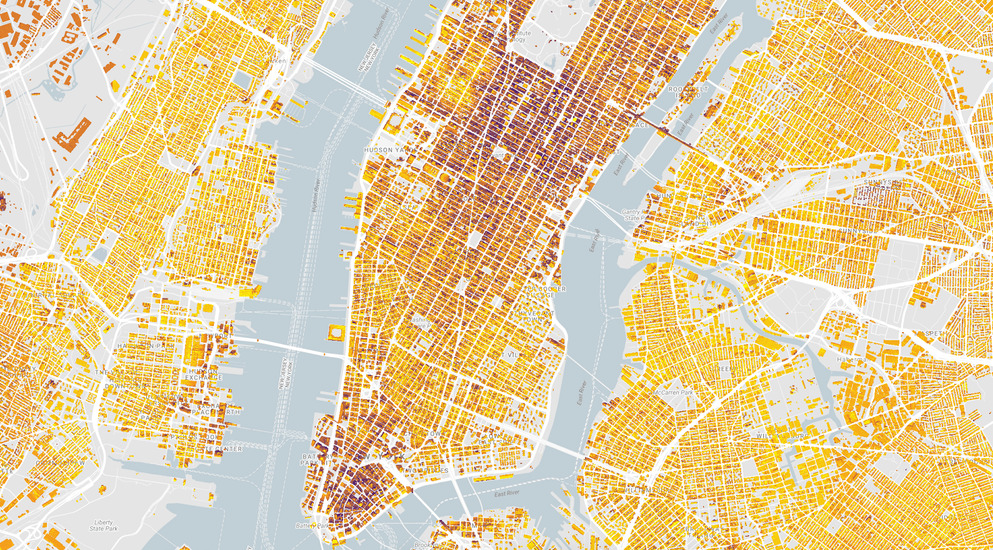
Google announced Tuesday that its online PV appraisal service, Project Sunroof, has now expanded to all 50 US states, with a total of approximately 60 million buildings now analyzed by the program.
The program, which uses imagery from Google Maps and Google Earth, helps calculate the amount of sunlight received by each portion of a roof over the course of a year, using the estimated sunlight to determine energy production using industry standard models for solar installation performance.
Try Premium for just $1
- Full premium access for the first month at only $1
- Converts to an annual rate after 30 days unless cancelled
- Cancel anytime during the trial period
Premium Benefits
- Expert industry analysis and interviews
- Digital access to PV Tech Power journal
- Exclusive event discounts
Or get the full Premium subscription right away
Or continue reading this article for free
Originally started in 2015, Project Sunroof was only available in Massachusetts and Northern California – but the program has rapidly grown over the last two years.
Project Sunroof’s new expansion has revealed new insight into the current state of rooftop solar in the US.
According to the new data, 79% of all rooftops analyzed are technically viable for solar, including 90% of homes in Hawaii, Arizona, Nevada and New Mexico. States such as Pennsylvania, Maine and Minnesota are just above 60% in terms of rooftop PV viability.
Houston boasts the most solar potential of any US city in the Project Sunroof data with an estimated 18,940 GWh of rooftop solar generation potential annually. Los Angeles, Phoenix, San Antonio, and New York follow Houston for the US cities with the most solar potential.

